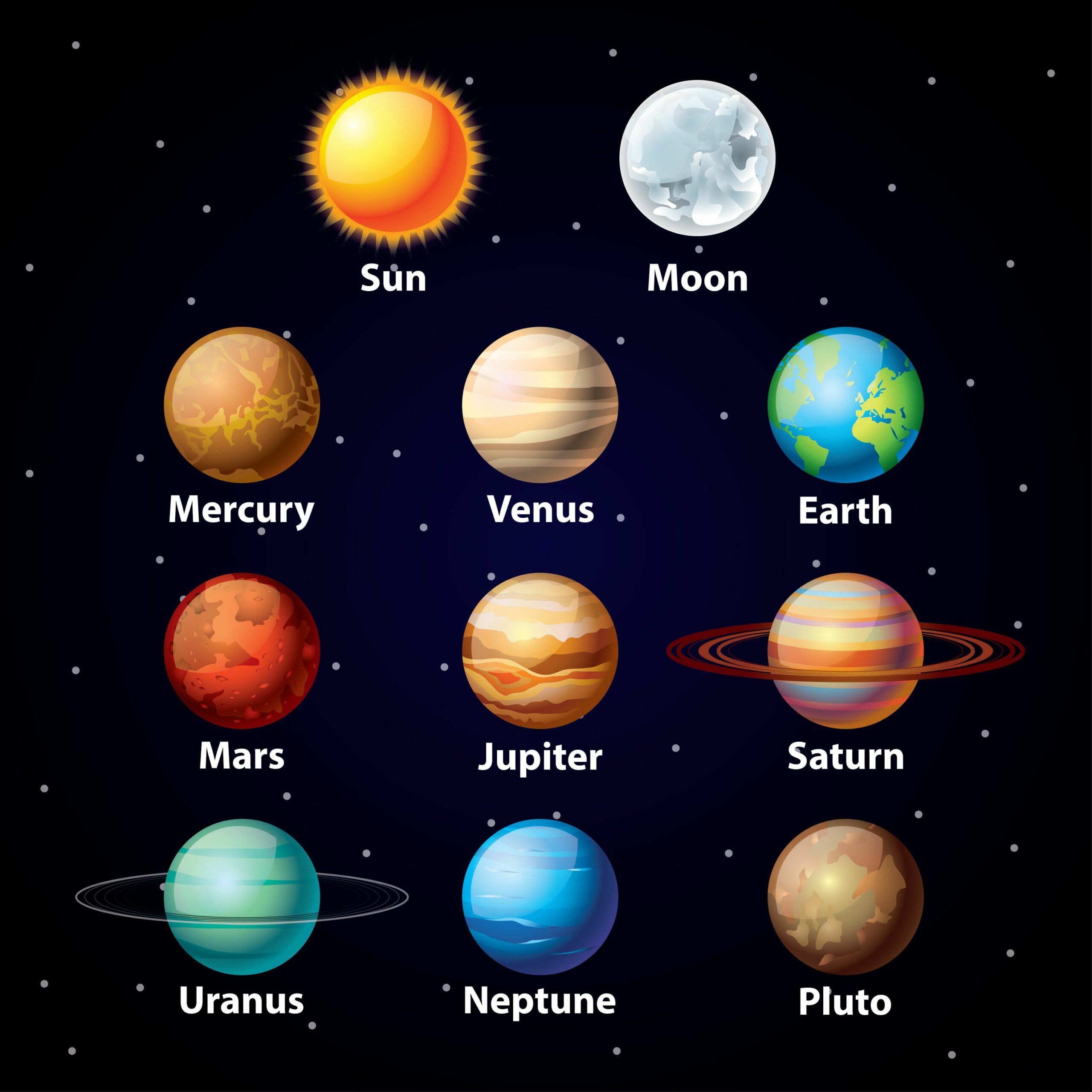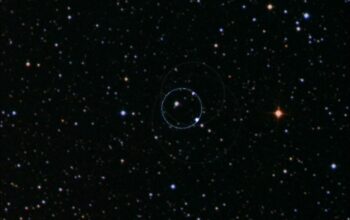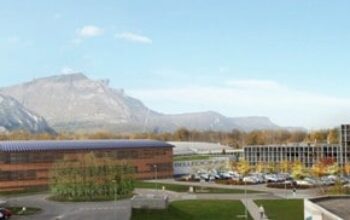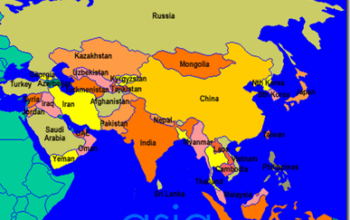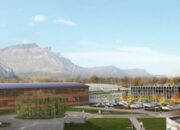Understanding the genesis of planetary bodies is one of the most profound inquiries in modern astrophysics. The formation of planets within the cosmos is not merely a tale of random cosmic debris coalescing, but rather an intricate tapestry woven from the threads of thermodynamics, gravitational physics, and cosmic chemistry. The origins of worlds encapsulate a fascinating intersection of disciplines, yielding insights into not only planetary formation but also the broader processes governing the evolution of star systems and, potentially, life in the universe.
At the outset, it is imperative to explore the prevailing theories that elucidate the formation of planets. The most widely accepted model is the nebular hypothesis, which posits that solar systems form from rotating clouds of gas and dust known as nebulae. These primordial clouds collapse under the duress of gravity, leading to the formation of a protoplanetary disk—a crucial environment where we witness the birth of planets. Matter within this disk clumps together, driven by gravitational forces, leading to the formation of solid bodies.
One cannot overlook the role of accretion in this process. The gravitational attraction between particles leads to collisions and the aggregation of dust grains into larger bodies called planetesimals. These planetesimals, which can range from a few kilometers to hundreds of kilometers in size, are critical in the planet-building process. Through continued collisions and gravitational interactions, these bodies grow into protoplanets, eventually developing into fully-fledged planets.
The evolution of gas giants versus terrestrial planets is a particularly intriguing facet of planetary formation. The former are believed to form in the colder outer regions of a protoplanetary disk, allowing them to capture substantial gaseous envelopes, primarily composed of hydrogen and helium. In contrast, terrestrial planets like Earth are thought to form in the warmer inner regions, where temperatures are high enough to facilitate the condensation of heavier elements and compounds into solid structures. This distinction underscores the complex interplay between distance from the central star and the physical composition of forming bodies.
The age of a solar system also plays a pivotal role in planetary formation. Current models suggest that planets emerge during the first few million years of a star’s life cycle. Discerning the timeline of this process has allowed astrophysicists to understand the dynamical evolution of planetary systems. Radiometric dating of meteorites, for example, has provided valuable insight into the age of the solar system, suggesting that our planets coalesced roughly 4.6 billion years ago.
Moreover, the role of migration in shaping planetary systems cannot be neglected. Studies indicate that newly formed planets can undergo significant inward or outward migration due to interactions with the gas in the protoplanetary disk. This dynamic can lead to complex architectures such as the presence of gas giants in close orbits, a phenomenon that challenges traditional models of planetary system formation.
Recent advances in observational technology illuminate the diversity of planetary systems beyond our own, revealing that the process of planet formation is neither uniform nor predictable. The discovery of exoplanets—planets orbiting stars beyond our solar system—has uncovered a plethora of planetary architectures, from massive gas giants to small, rocky worlds, many of which defy our existing theoretical frameworks. Insights gleaned from these distant systems prompt an ongoing reassessment of the conditions conducive to planet formation.
As the field advances, particularly through the utilization of powerful telescopes and sophisticated computational models, our understanding of the physical phenomena driving planet formation has exponentially grown. Theoretical frameworks now increasingly integrate magnetohydrodynamics, which considers the interplay between magnetic fields and fluid dynamics in the protoplanetary disk. This multifaceted approach enables researchers to simulate the conditions under which planets form, thereby enhancing our understanding of the various forces at play.
Additionally, planetary formation is intrinsically connected to the surrounding environmental dynamics. Factors such as stellar radiation, gaseous interactions, and even magnetic fields exert influence over the formative stages of planetary bodies. The interplay between a star’s radiation and the protoplanetary disk can affect that disk’s stability, consequently altering the pathways available for planet formation.
Yet, the inquiry does not end with the fundamental mechanics of planetary accretion and migration. With the advent of astrobiology, understanding planetary formation has consequential ramifications for the potential habitability of worlds. Key planetary attributes, such as size, composition, and distance from their parent stars—often referred to as the “habitable zone”—are focal points for assessing whether a planet might support life. Consequently, delineating the processes that lead to the formation of terrestrial-type planets becomes increasingly critical in the search for extraterrestrial life.
In essence, the origin of planets encapsulates a myriad of phenomena rooted in the laws of physics and chemistry, extending from subatomic interactions to vast cosmic scales. The synthesis of new worlds arises not merely from mechanical processes, but also through a complex web of physical laws governing forces, materials, and energy states. As investigations into the cosmos continue to evolve, so too will our comprehension of how planets emerge from the nebular haze, taking their places within the grand tapestry of the universe.
In conclusion, the study of how planets are born reveals not only the complex processes responsible for their formation but also enhances our understanding of the universe at large. As researchers tirelessly pursue answers to the origins of different planetary systems, the discourse actively prompts fundamental questions about our place within this vast cosmic arena, inviting us to further contemplate the mysteries that await within the boundless expanse of space.
